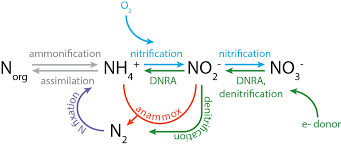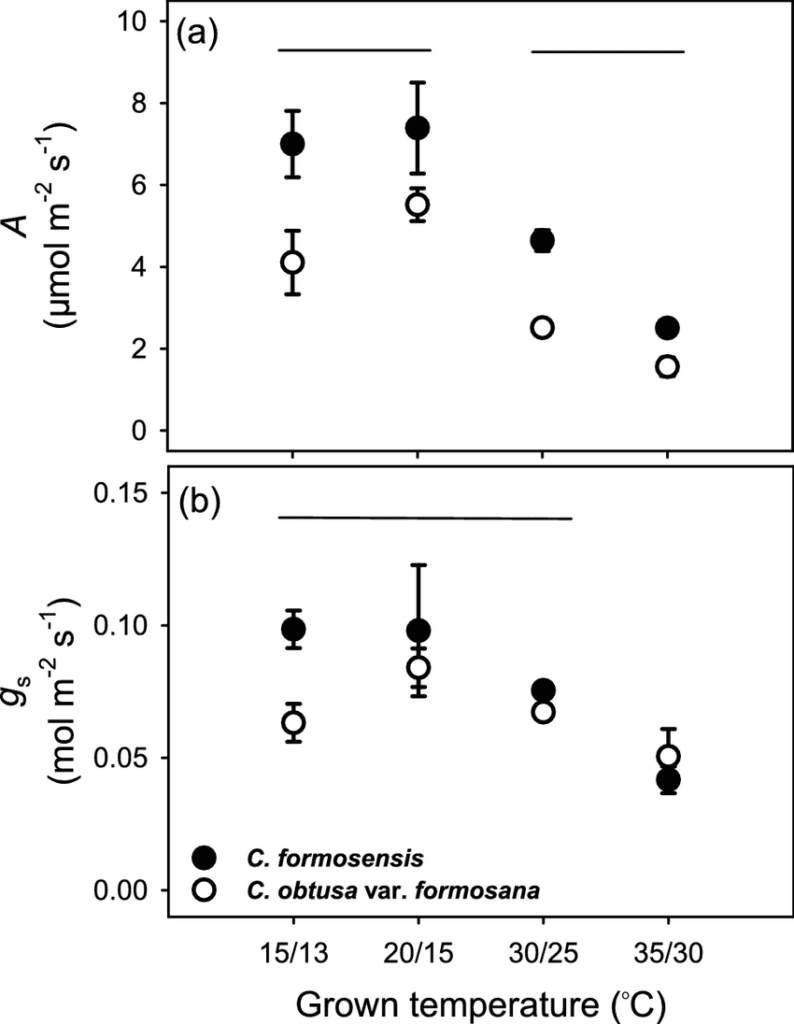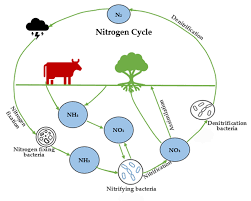In biology, assimilation is the process by which organisms that are alive take in and integrate gasses, nutrients, and other materials from their surroundings into their tissues or cells for purposes of growth, upkeep, and metabolism. This idea is applicable to a wide range of biological systems, such as microbes, plants, and animals. The metabolism of energy, the cycling of nutrients, and general organismal function all depend on assimilation.
Table of Contents
Assimilation in Biology
Assimilation is the process by which chemicals, nutrients, and other substances from their surroundings are taken up by living things and used for a variety of purposes in their cells or tissues. The development, growth, and upkeep of the organism depend on this process. In the end, assimilation contributes to the organism’s metabolism, energy production, and structural integrity through the intake, transportation, and utilization of chemicals.
Process of Assimilation

The process of assimilation involves the absorption, transport, and incorporation of substances from the external environment into the cells or tissues of an organism. This process is essential for the growth, development, and maintenance of living organisms. Here’s a detailed explanation of the steps involved in the process of assimilation:
1. Absorption
Substance Uptake: The process of assimilation starts when an organism takes in compounds from its surroundings. This can happen via a number of methods, such as:
1. Diffusion: Diffusion is the flow of substances across a concentration gradient from a region of higher concentration to a region of lower concentration.
2. Active Transport: Active transport refers to the energy-dependent movement of materials across a concentration gradient, frequently made possible by certain transport proteins.
3. Endocytosis: The process by which chemicals are taken up by the cell membrane and internalized into vesicles.
2. Transport
Movement Within the Organism: The materials must be moved to the cells or tissues where they will be used after they have been absorbed. This entails circulation, which is made possible by a number of transport systems within the organism:
Vascular Systems: In animals, materials are carried by the bloodstream, which travels throughout the body providing cells with nourishment and oxygen while expelling waste.
Xylem and Phloem: Specialized tissues known as xylem (for water and minerals) and phloem (for organic nutrients) are used by plants to carry water, nutrients, and other materials.
3. Incorporation
Integration into Cellular Structures or Metabolic Pathways: In this stage, the organism’s cellular structure or metabolic pathways receive the absorbed materials. It includes:
Chemical processes that occur inside of cells that transform substances ingested into forms that are useful for biosynthesis, energy production, or structural preservation are known as metabolic reactions. The process of making complex molecules from simpler ones, such as proteins from amino acids or carbohydrates from simple sugars, is known as anabolism. Energy that the cell may use is released via catabolism, which is the breakdown of complex molecules into simpler ones.
Types of Assimilation in Biology
Nutrient Assimilation
Absorption and absorption of vital nutrients from the environment into metabolic processes.
Plants use water and nutrients from the soil for photosynthesis and structural support.
Animals absorb nutrients from their meals, including carbohydrates, proteins, lipids, vitamins, and minerals, for energy production and tissue repair.
Gas Assimilation
Gases from the environment are absorbed and utilized for metabolic processes.
Plants use photosynthesis to convert CO2 into glucose and oxygen.
During respiration, animals absorb oxygen (O2) from the air or water to generate energy while emitting carbon dioxide (CO2).

Mineral Assimilation
Absorption and use of inorganic ions and minerals from the environment for physiological purposes.
Examples:
Plants require important elements such as nitrogen (N), phosphorus (P), potassium (K), and calcium (Ca) from the soil for development and metabolism.
Animals absorb minerals from their diet, including calcium (Ca), iron (Fe), magnesium (Mg), and sodium (Na), for bone production and muscle function.
Symbiotic Assimilation
One organism takes in and uses nutrients from a symbiotic companion for mutual gain.
Mycorrhizal fungi transport nutrients from the soil to plant roots in exchange for carbohydrates.
Ruminant animals use microbial symbionts in their digestive tract to digest cellulose and other complex carbohydrates.
Nitrogen Assimilation
The conversion of atmospheric nitrogen (N2) into organic nitrogen molecules used in metabolic activities.
Examples:
Nitrogen-fixing bacteria convert atmospheric nitrogen (N2) to ammonia (NH3), which is then integrated into amino acids and nucleotides in plants and animals.

Examples of Assimilation in Biology
Photosynthesis in Plants: Plants use light energy to digest carbon dioxide (CO2) from the atmosphere and water (H2O) from the soil, producing glucose and oxygen (O2). The glucose generated provides energy and carbon for the plant’s growth and metabolism.
Animals absorb amino acids from food proteins to produce new proteins needed for tissue repair, muscular growth, hormone production, and other physiological processes.
Nitrogen Fixation in Bacteria: Nitrogen fixation occurs when certain nitrogen-fixing bacteria convert atmospheric nitrogen (N2) into ammonia (NH3). Within the bacterial cells, ammonia is converted into organic compounds like amino acids and nucleotides.
Iron Assimilation in Humans: Human cells absorb iron (Fe) from dietary sources or iron reserves in the body to make hemoglobin, the oxygen-carrying protein found in red blood cells, as well as different enzymes involved in cellular metabolism.
Frequently Asked Question (FAQ)
What is Assimilation in Biology?
Assimilation in biology refers to the process by which living organisms absorb and incorporate substances from their external environment into their bodies for various metabolic purposes. This process is essential for the growth, development, and maintenance of organisms, as it provides them with the necessary nutrients, energy, and building blocks for cellular processes.
What are the process of Assimilation in Biology?
The process of Assimilation are:
1. Absorption
2. Transport
3. Incorporation
Related Articles

